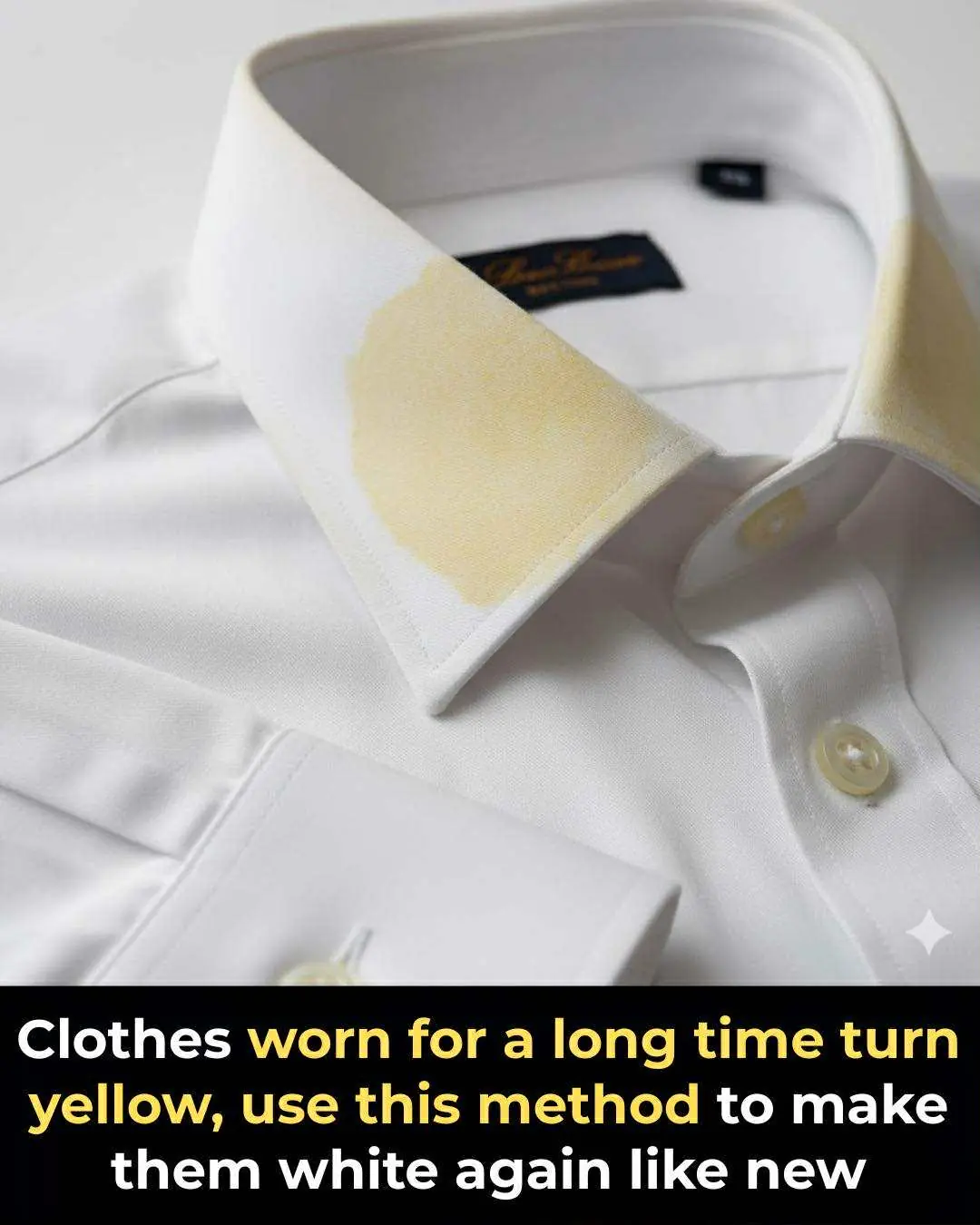
White vinegar and dish soap: Perfect for removing stubborn stains
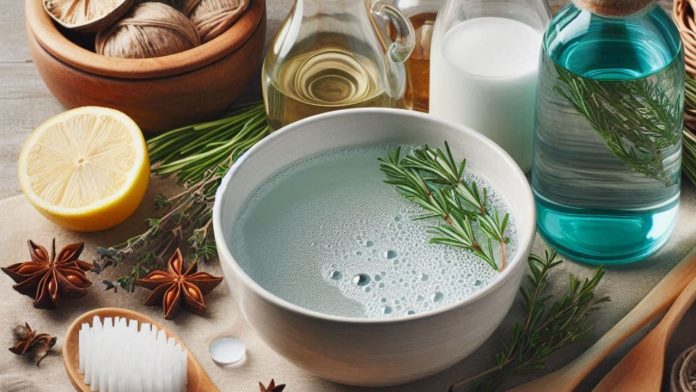
A Powerful, Safe Cleaning Formula Using Only White Vinegar and Dish Soap
Are you struggling with stubborn stains on dishes, gas stoves, or kitchen surfaces? Don’t worry—there’s a simple, highly effective, and safe cleaning solution you can make right at home using just two familiar ingredients: white vinegar and dish soap.
Both white vinegar and dish soap are common household staples. When combined, they create a versatile cleaning mixture that works wonders in maintaining hygiene and removing tough grime. Thanks to its natural acidity, white vinegar is well-known for its impressive cleaning power. When mixed with dish soap, the two ingredients form a potent solution that softens and removes grease, grime, and sticky residue with ease. The acidic nature of vinegar not only boosts cleaning performance but also helps eliminate bacteria and mold, keeping your kitchen environment fresh and safe.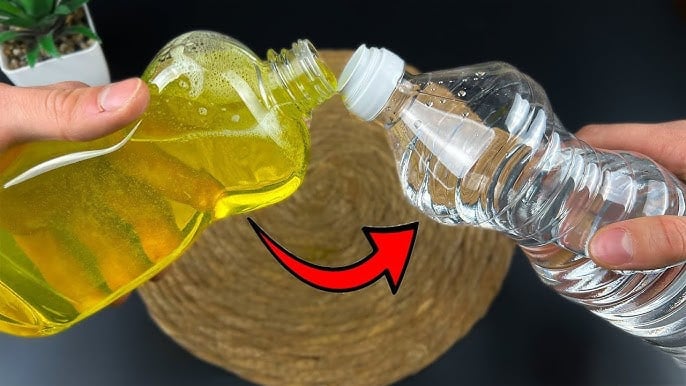
Below are some practical uses of this simple yet powerful cleaning blend:
1. Cleaning Tableware and Utensils
After long-term use, dishes, chopsticks, bowls, and other utensils often develop unpleasant odors or stubborn grease stains. By combining white vinegar with dish soap, you can restore shine and cleanliness to your everyday kitchen tools. This method is not only suitable for bowls and plates but also works well on cutting boards, baby bottles, pots, pans, and many other items that require thorough cleaning.
How to do it:
-
Mix warm water with white vinegar and a suitable amount of dish soap.
-
Soak dirty dishes, chopsticks, or utensils for about five minutes.
-
Use a soft cloth or sponge to scrub the surfaces.
-
Rinse thoroughly with clean water to complete the process.
This method effectively removes lingering odors and greasy buildup, leaving your tableware spotless and safe for daily use. For even better results, you can soak heavily soiled items a bit longer to allow the solution to break down tough stains.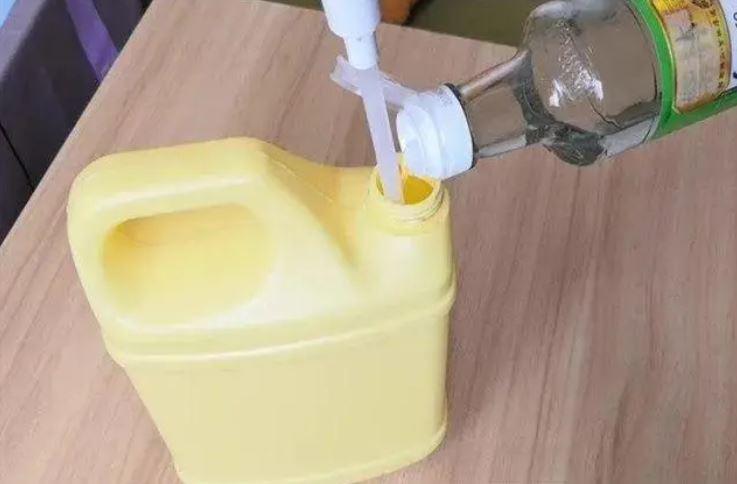
2. Deodorizing Cooking Tools
Unpleasant smells from cookware are a common issue for many home cooks. Grease, burnt food, and residue often cling to pots, pans, microwaves, ovens, and rice cookers, making cleaning time-consuming and uncomfortable. Fortunately, the mixture of white vinegar and dish soap offers a fast and efficient way to eliminate these odors.
How to do it:
-
Prepare a deodorizing solution by mixing half a cup of white vinegar with a few drops of dish soap in warm water.
-
Dip a soft cloth or sponge into the mixture and wipe down surfaces such as pots, pans, stovetops, microwaves, refrigerators, or ovens.
-
For older or tougher stains, apply the solution directly to the spot and scrub using a sponge or brush.
-
Wipe again with clean water to remove soap residue and vinegar smell.
-
Finish by drying with a clean cloth to make surfaces shiny and fresh.
This method not only removes odors but also restores cleanliness to your cooking tools, helping your kitchen feel more inviting every time you prepare a meal.
3. Deep Cleaning Kitchen Surfaces
Kitchen floors and countertops are frequently exposed to food spills, dust, and grease. Over time, they can appear dull and unhygienic. The simple combination of white vinegar and dish soap is a reliable solution for restoring these surfaces.
How to do it:
-
Mix one cup of white vinegar with several drops of dish soap in a bucket of warm water.
-
If the surface is extremely dirty, increase the amount of vinegar for a stronger solution.
-
-
Dip a mop into the mixture and clean the kitchen floor or tiled surfaces thoroughly.
-
Use a cloth soaked in the solution to wipe countertops, paying extra attention to areas that collect grease.
-
Allow the solution to sit for a few minutes, giving it time to break down stubborn stains.
-
Wipe again with clean water to remove soap and vinegar residue.
If your kitchen still has lingering odors after cleaning, place a small bowl of white vinegar in a corner or inside the refrigerator. Vinegar naturally absorbs unpleasant smells, leaving your kitchen fresh and pleasant.
For an even cleaner environment, you can repeat this routine weekly to prevent grease buildup and maintain long-term hygiene.
With these simple yet effective tips, you can keep your kitchen fresh, clean, and comfortable every day. The vinegar-and-dish-soap mixture is not only budget-friendly but also safe for your family and environmentally friendly—making it an ideal choice for every household.
News in the same category

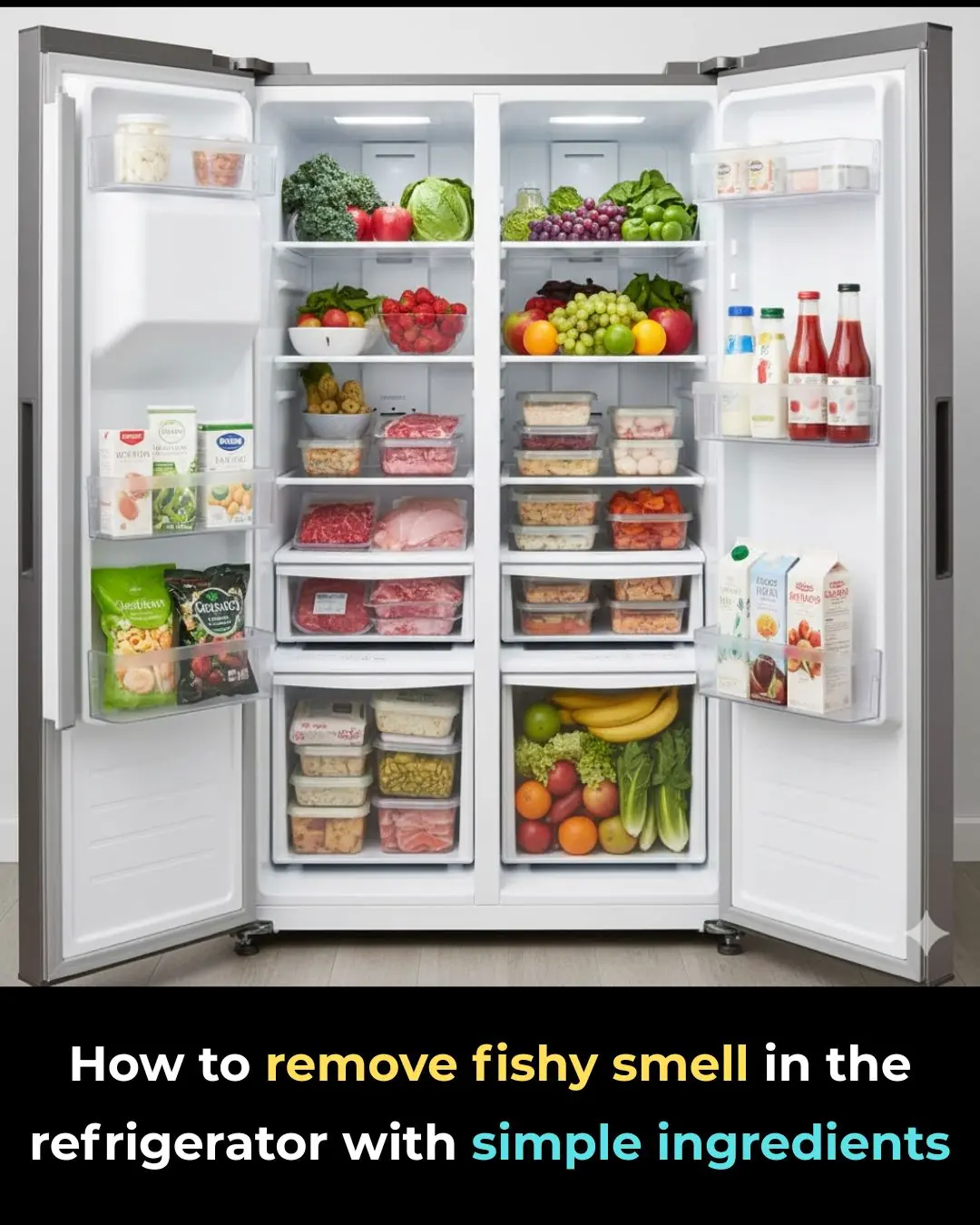
How to remove fishy smell in the refrigerator with simple ingredients
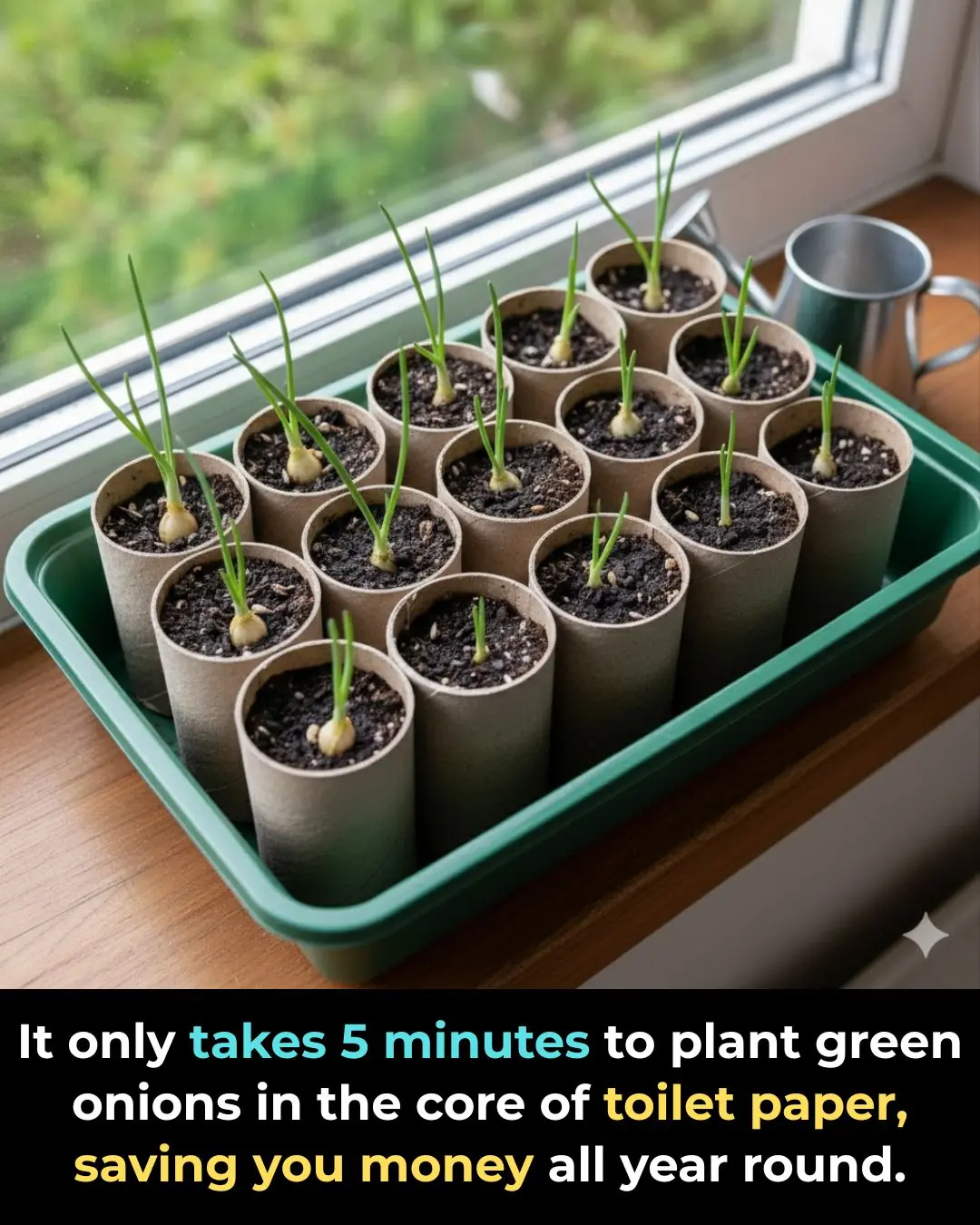
It only takes 5 minutes to plant green onions in the core of toilet paper, saving you money all year round.
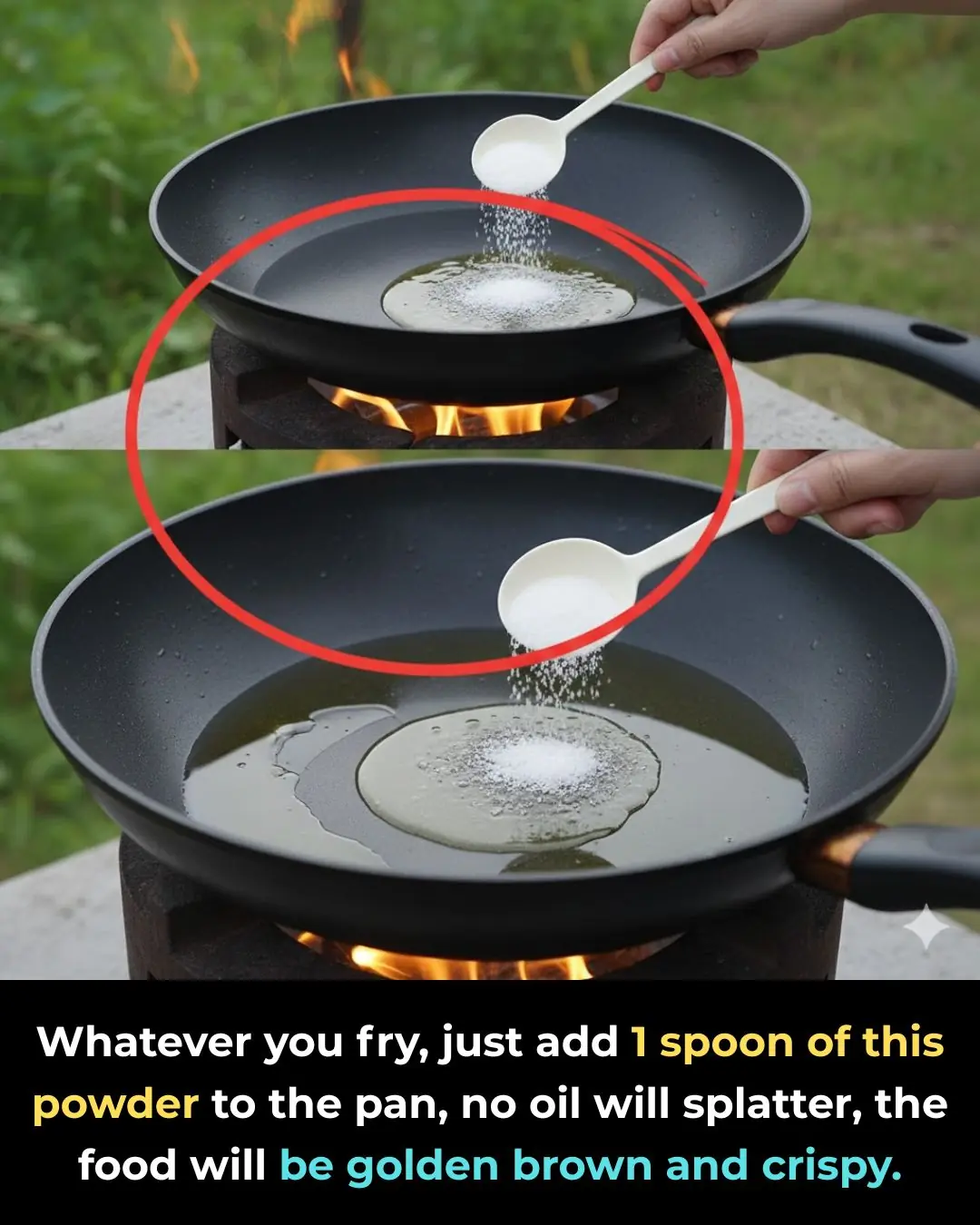
Whatever you fry, just add 1 spoon of this powder to the pan, no oil will splatter, the food will be golden brown and crispy.
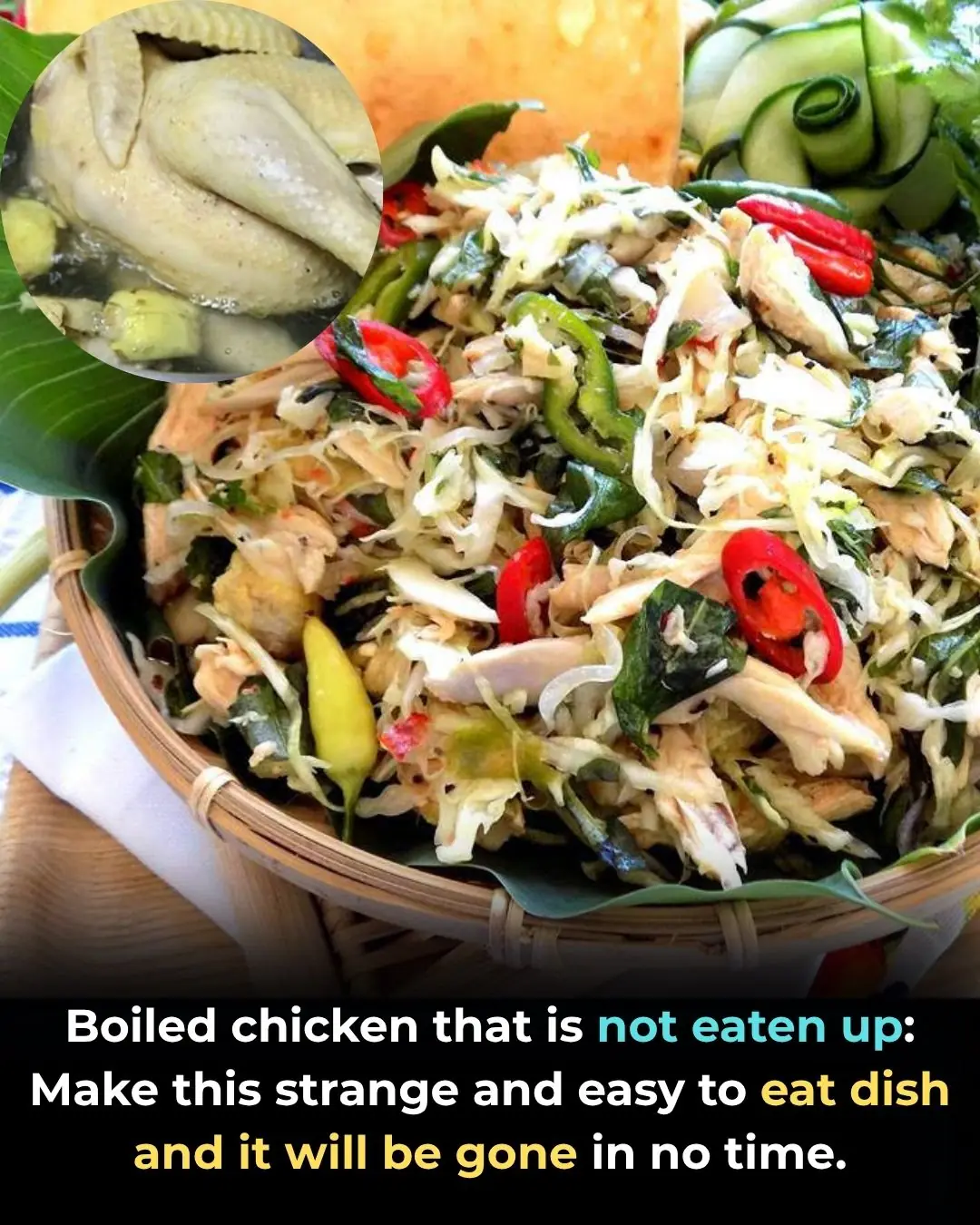
Boiled chicken that is not eaten up: Make this strange and easy to eat dish and it will be gone in no time.
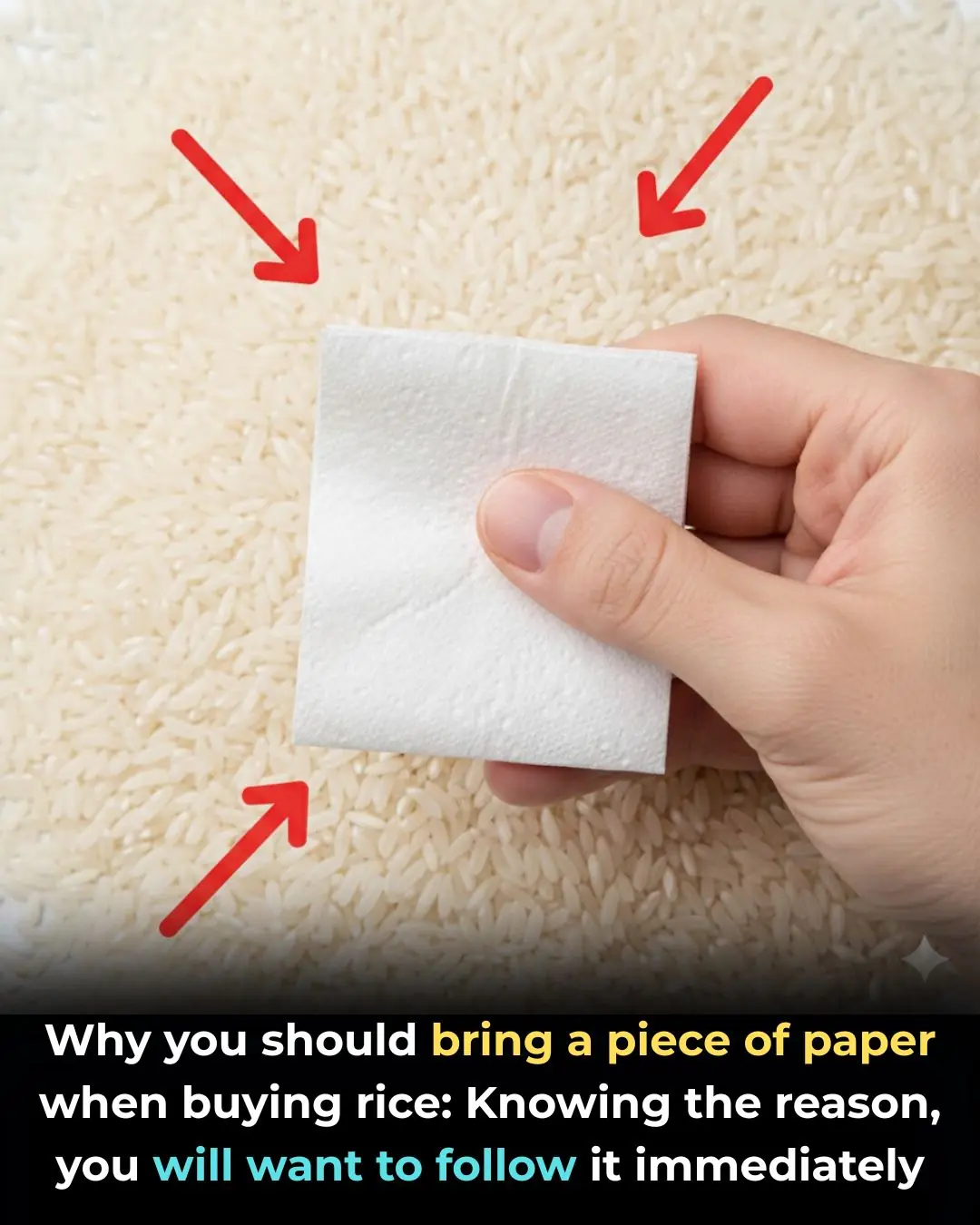
Why you should bring a piece of paper when buying rice: Knowing the reason, you will want to follow it immediately
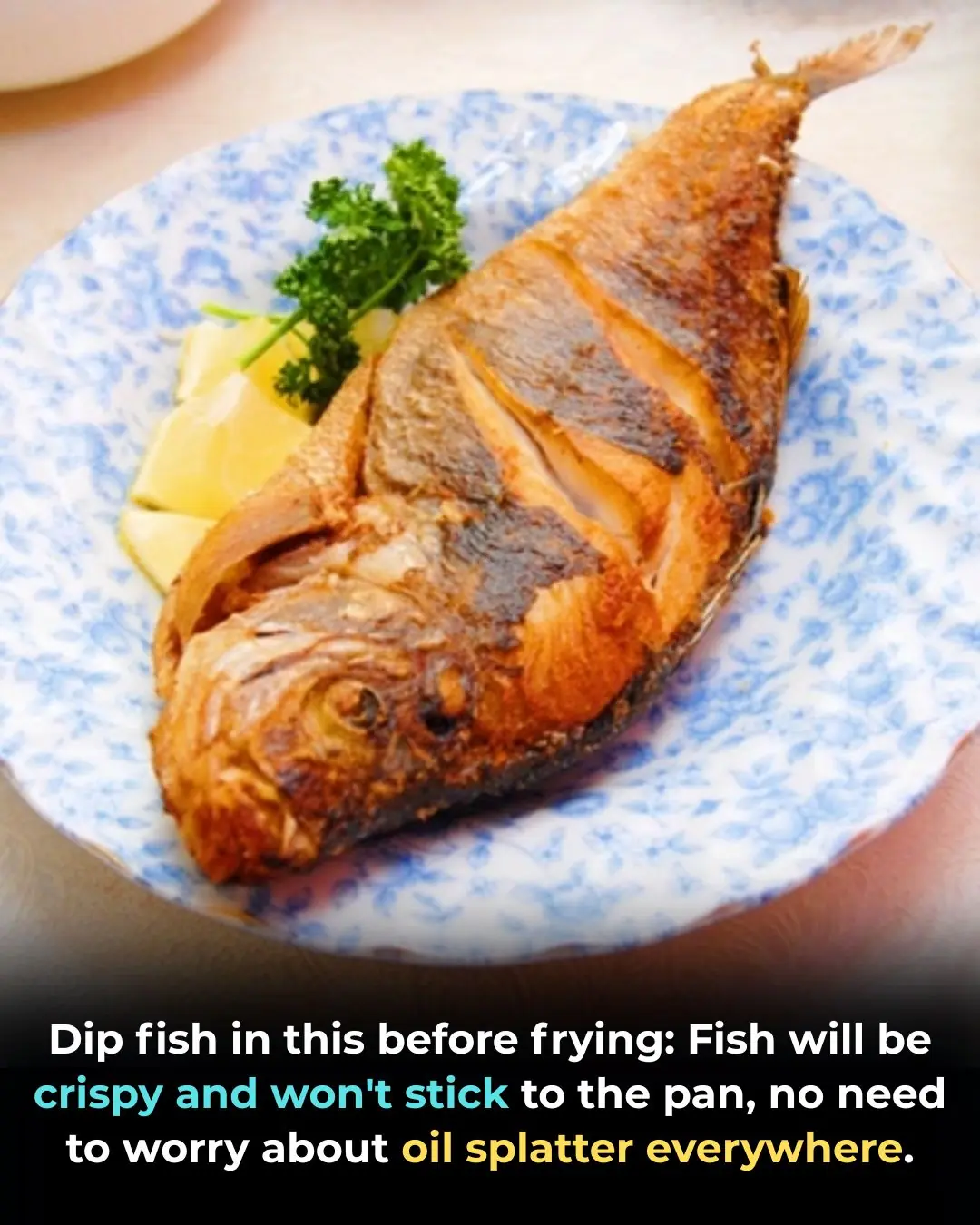
Dip fish in this before frying: Fish will be crispy and won't stick to the pan, no need to worry about oil splatter everywhere.
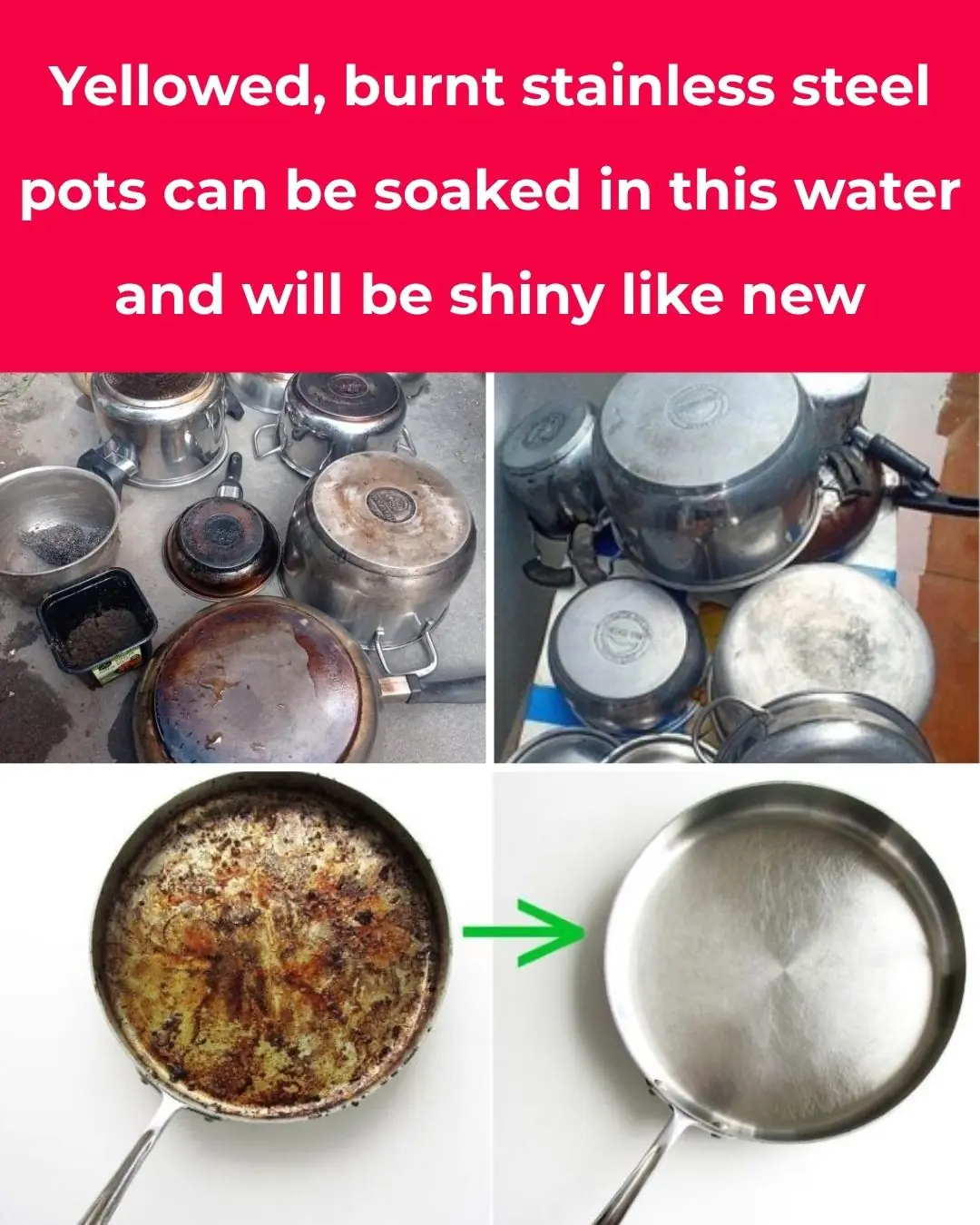
Stainless steel pots that are yellow or blackened should be soaked in this water and they will shine like new
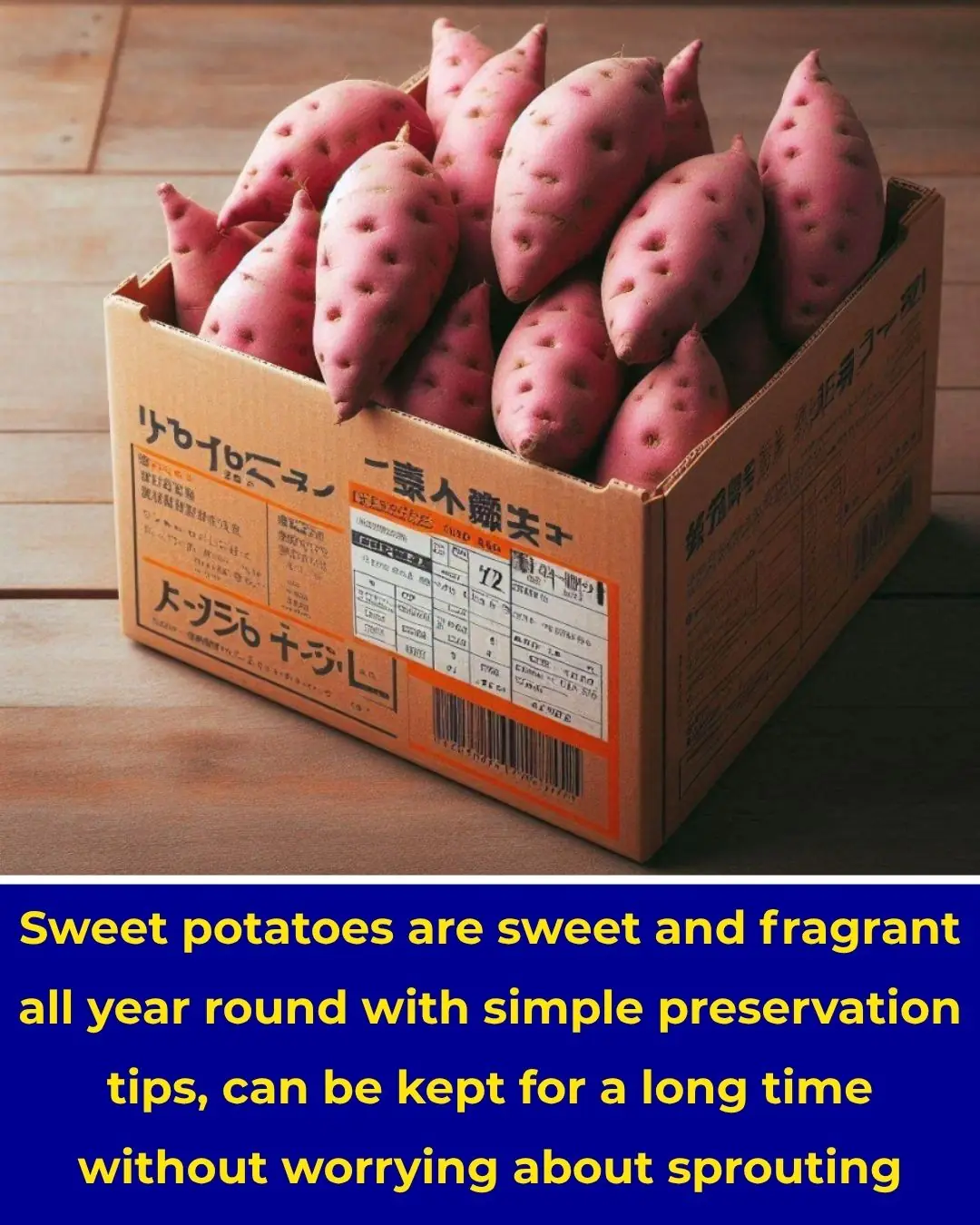
Sweet potatoes are sweet and fragrant all year round with simple preservation tips, can be kept for a long time without worrying about sprouting
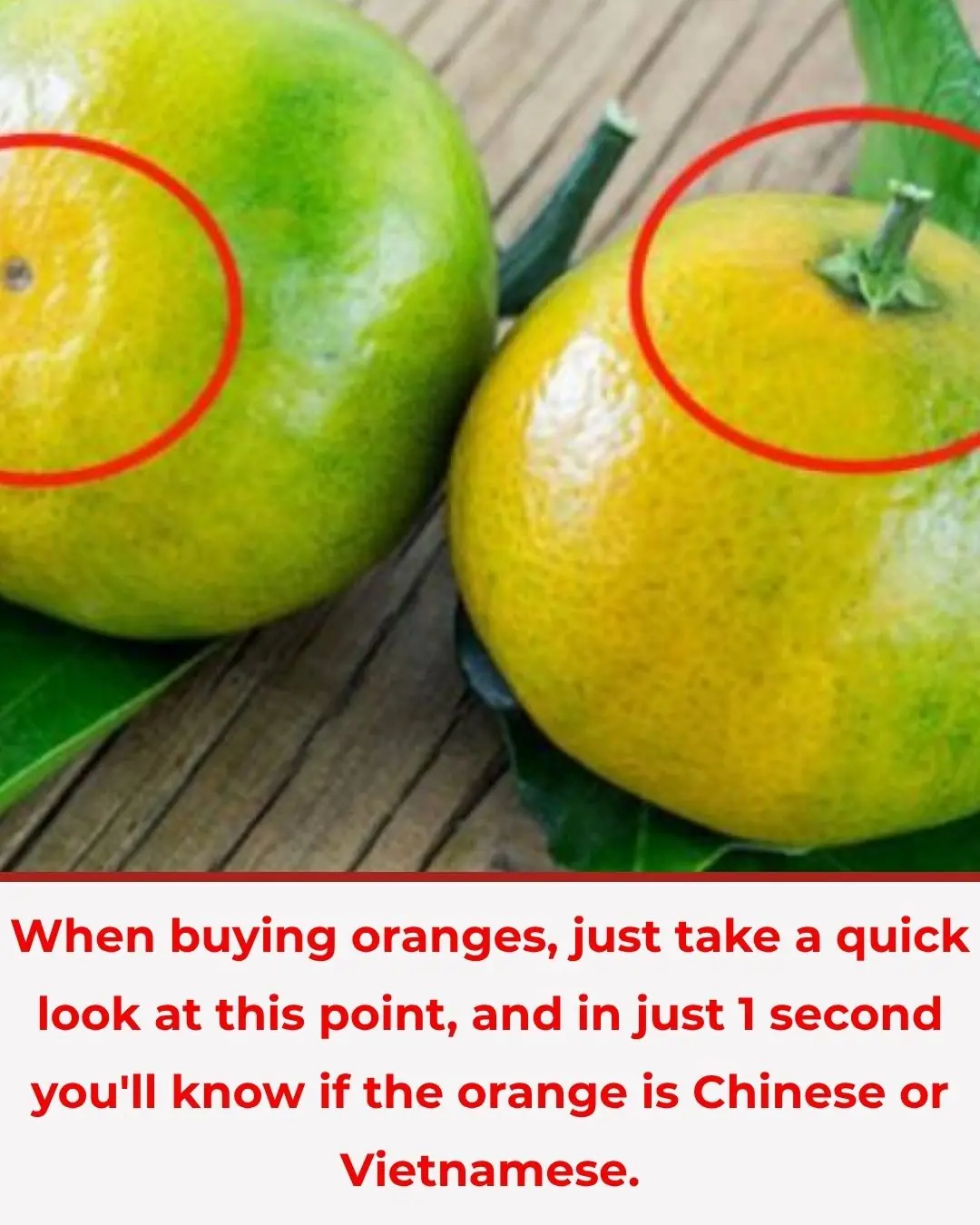
When buying oranges, just take a quick look at this point, and in just 1 second you'll know if the orange is Chinese or Vietnamese.
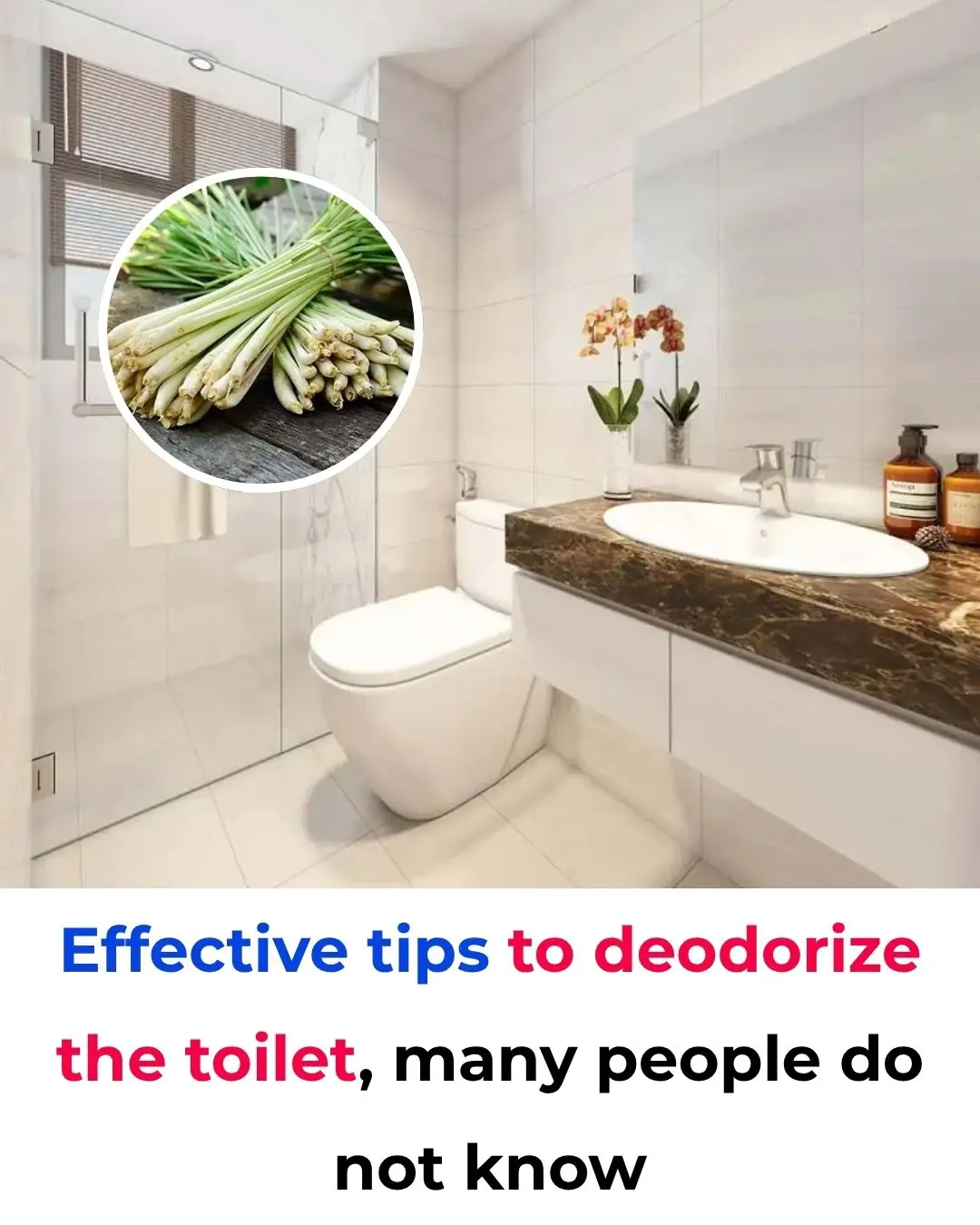
Effective tips to deodorize the toilet, many people do not know
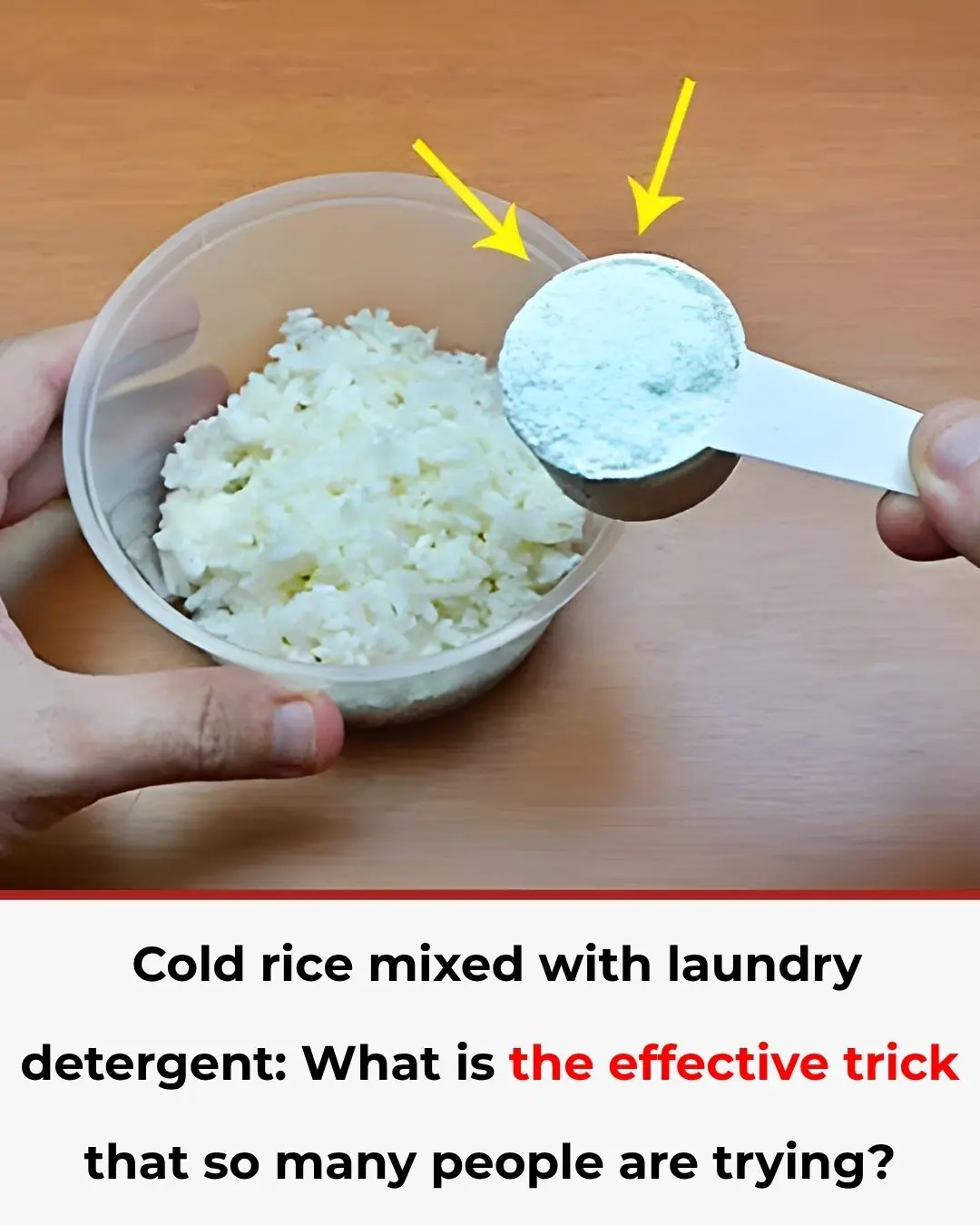
Cold rice mixed with laundry detergent: What is the effective trick that so many people are trying?
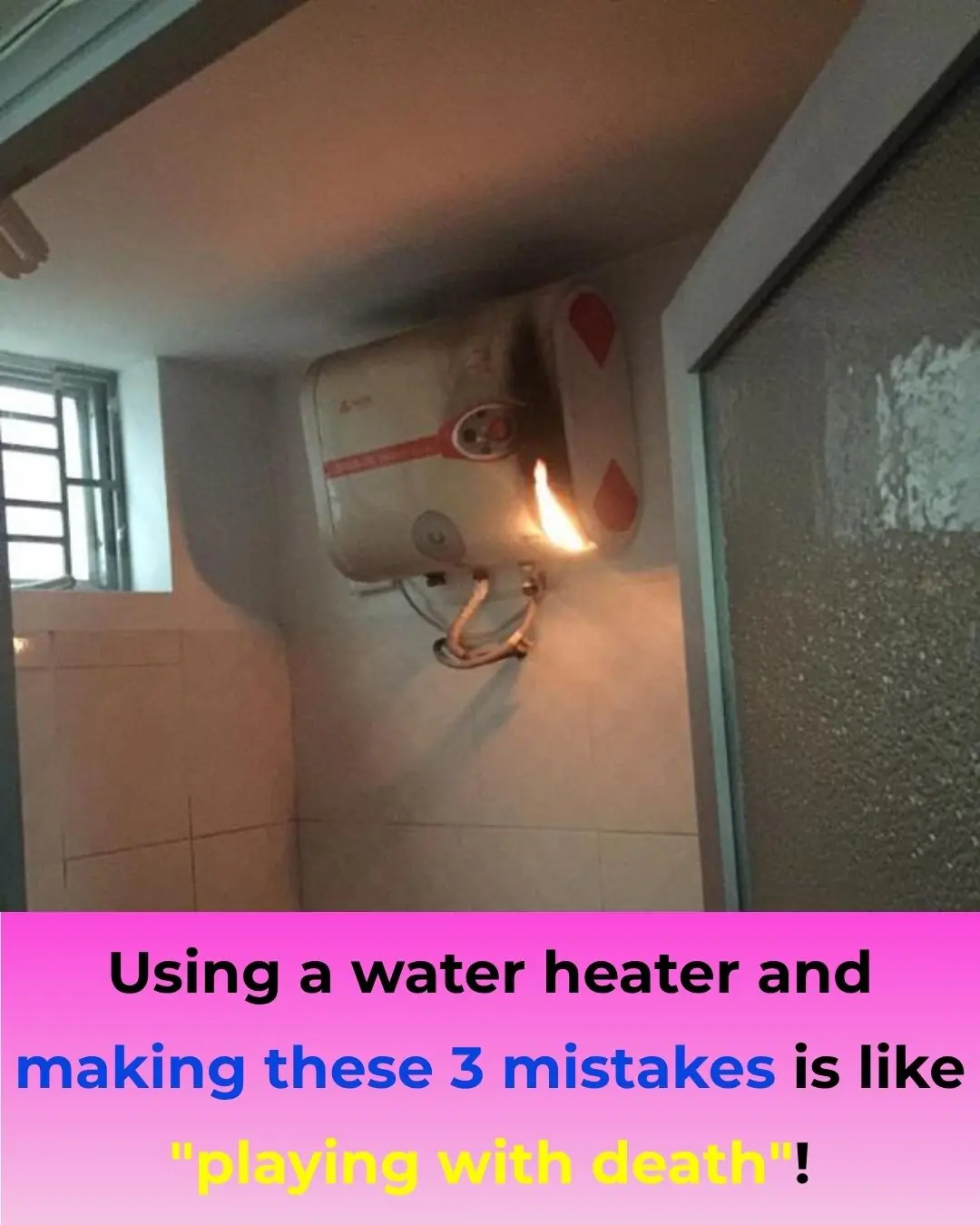
3 Deadly Mistakes People Make with Water Heaters – Don’t Risk Your Life

Just Minced Meat, But Made This Way, It Becomes Irresistibly Delicious
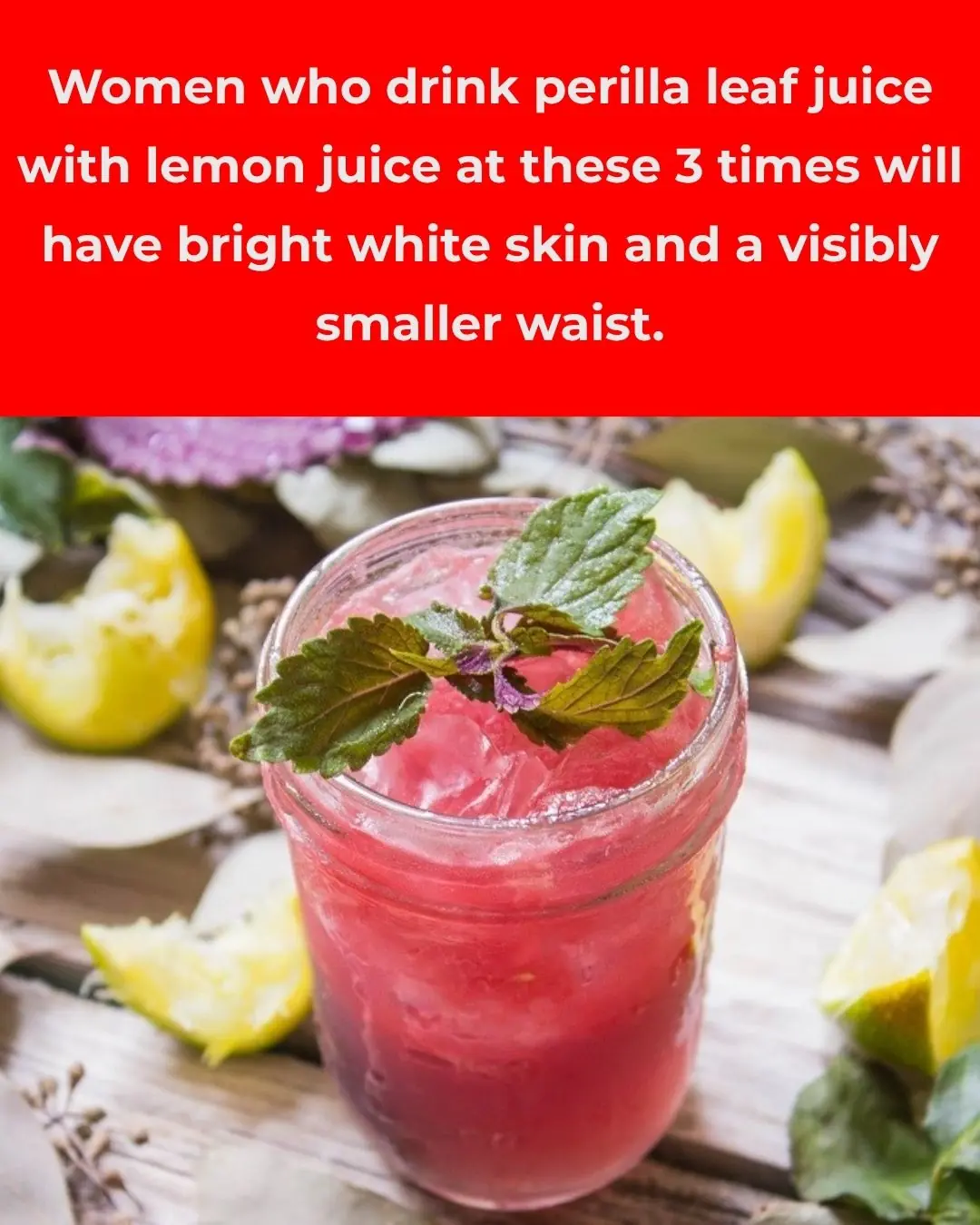
Women Who Drink Perilla Leaf Water with Lemon at These 3 Times: Brighter Skin and a Slim Waist
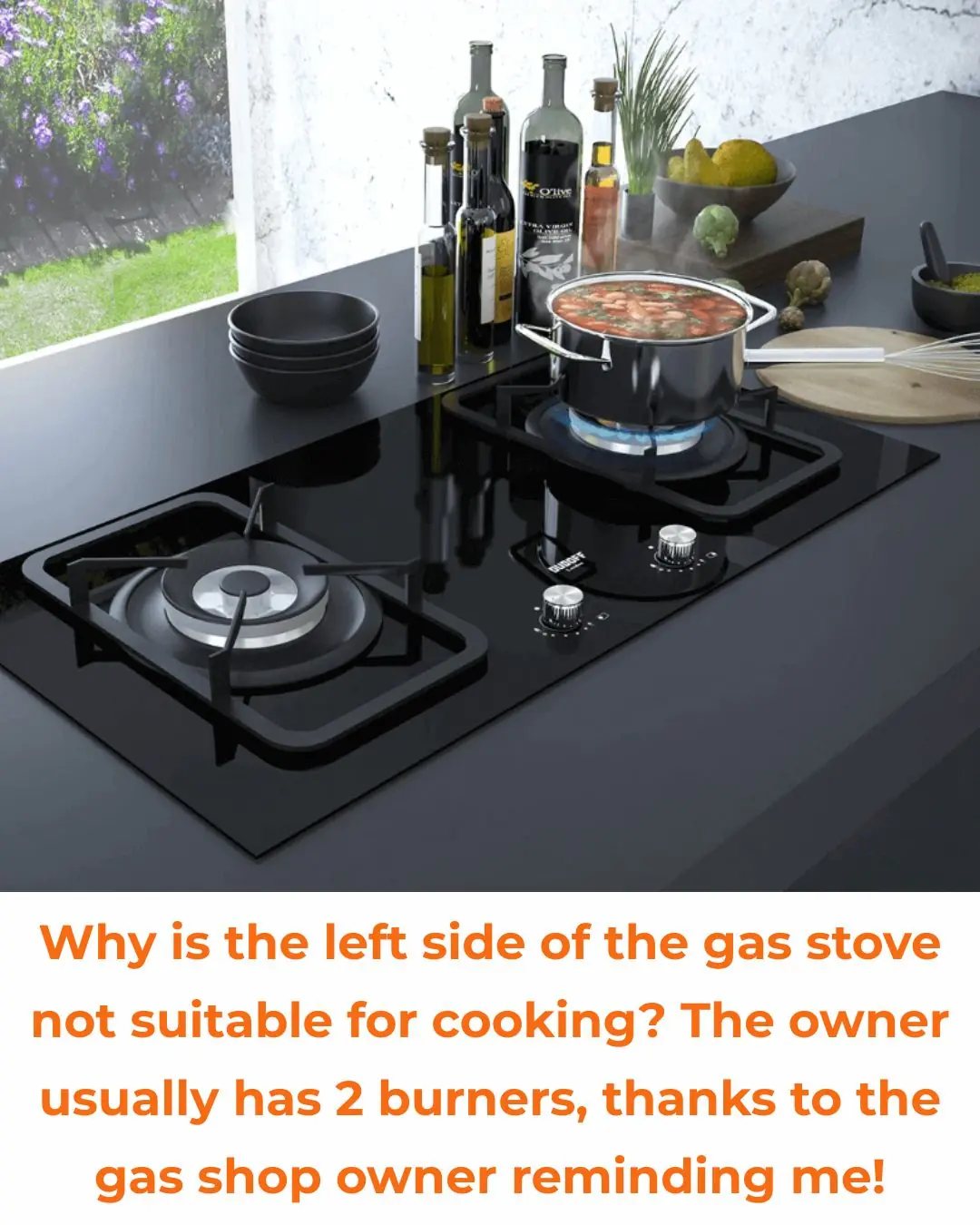
Why Is the Left Burner of a Gas Stove Not Ideal for Cooking?

Is It Dangerous to Stay Inside a Car During a Lightning Storm?
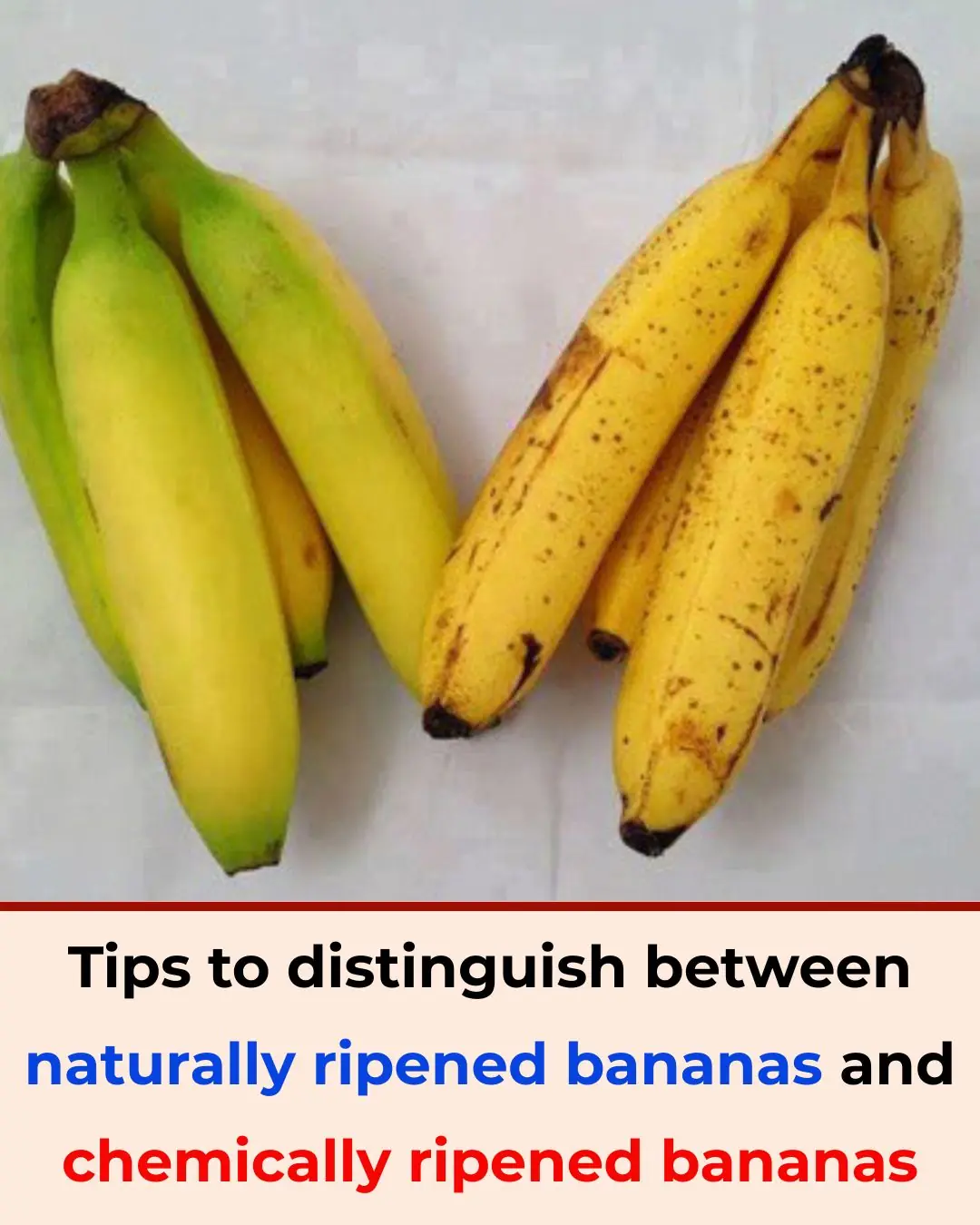
Tips to Distinguish Naturally Ripened Bananas from Chemically Ripened Ones
News Post

I'm A Celebrity Lisa Riley's 'real' reason for being exempt from worst trial

Banana Peel & Cornstarch Mask: The Youth-Reviving Duo That Can Make Your Skin Glow Like a 16-Year-Old

Prince Harry And Meghan Markle Turn Heads With Surprise Appearance At Dodgers Game

Eddie Murphy refused to return to ‘SNL’ after David Spade’s dig: ‘Dirty motherf—kers’

MEGHAN TRAINOR HITS OUT AT WEIGHT LOSS COMMENTS AS SHE REVEALS WHY SHE DECIDED TO TAKE MOUNJARO

Kay Adams opens up about personal life in revealing interview — and what’s she’s looking for in a boyfriend

‘The One He Never Should’ve Let Get Away’: 50 Cent’s Flirty Response to Vivica A. Fox’s Onstage Diss Has Fans Wondering If He’s Trying to Spin the Block

Bad blood brewing between Meghan, Harry and Kardashians over deleted birthday photos: report

A$AP Rocky’s $1.1M Neighbor Drama Hits the Courts
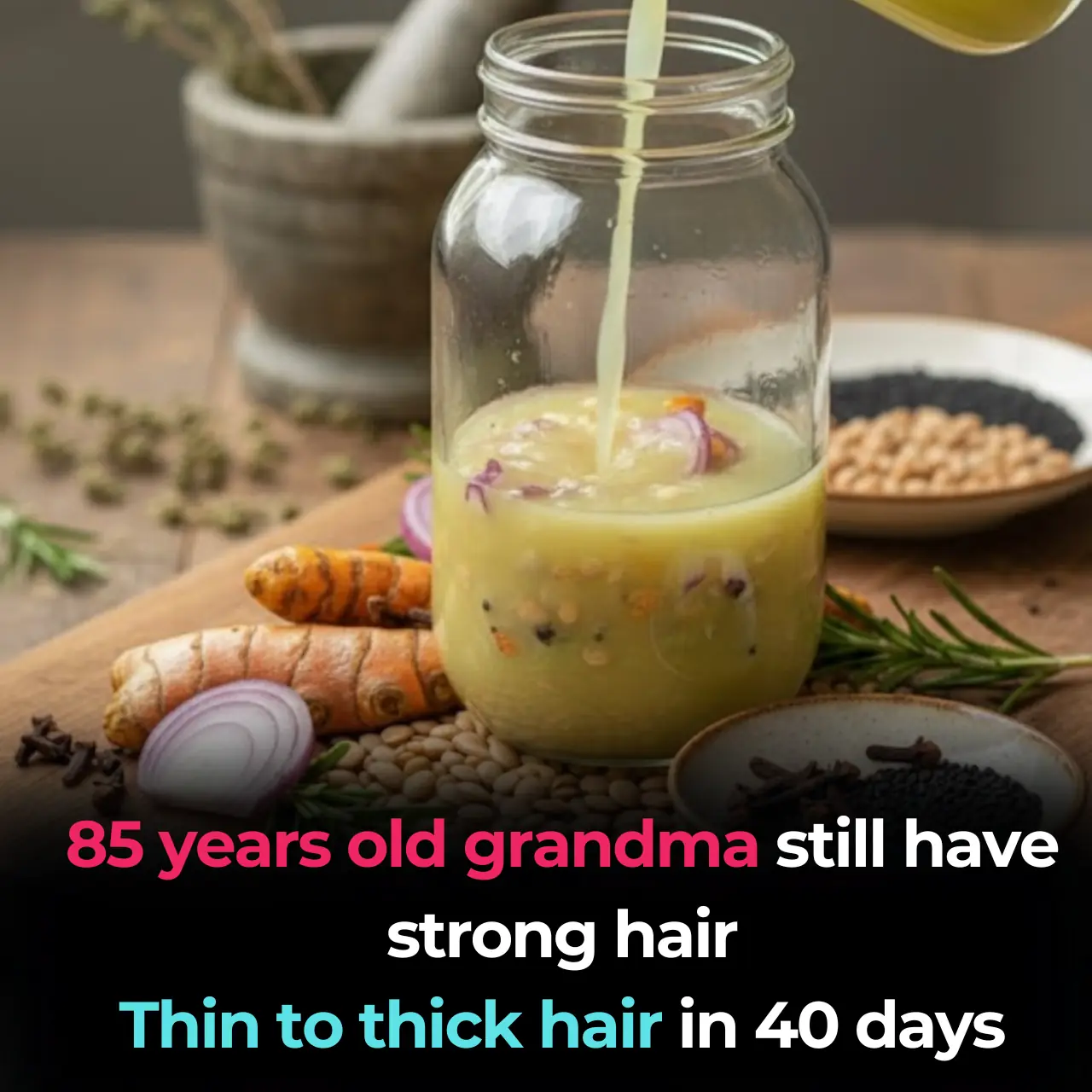
Oil For Healthy Hair Growth

ROBERT PATTINSON REVEALS WHY HE'S OPEN TO A TWILIGHT REBOOT AFTER ADMITTING HE HATED HIS CHARACTER

Steelers’ Player Joey Porter Jr. Shares Heartwarming Full-Circle Moment with His Dad on Field

Anton Du Beke pays tribute to Strictly co-star in emotional Morning Live interview: ‘Always my hero’

CHILDREN IN NEED VIEWERS MAKE MAJOR DEMAND AFTER DJ SARA COX RAISES WHOPPING £9 MILLION

Jewel Rodgers Makes History as First African American Poet Laureate in Nebraska

Meet Lonnie Johnson, The Man Who Made A Splash In The Toy Industry By Inventing The Super Soaker

Pete Wicks and Sam Thompson both address falling in love again

Alex Kingston opens up on Strictly Come Dancing ‘hiccup’: ‘It made me stronger’

Principals Make History As The First Siblings To Lead Schools In This South Carolina School District
